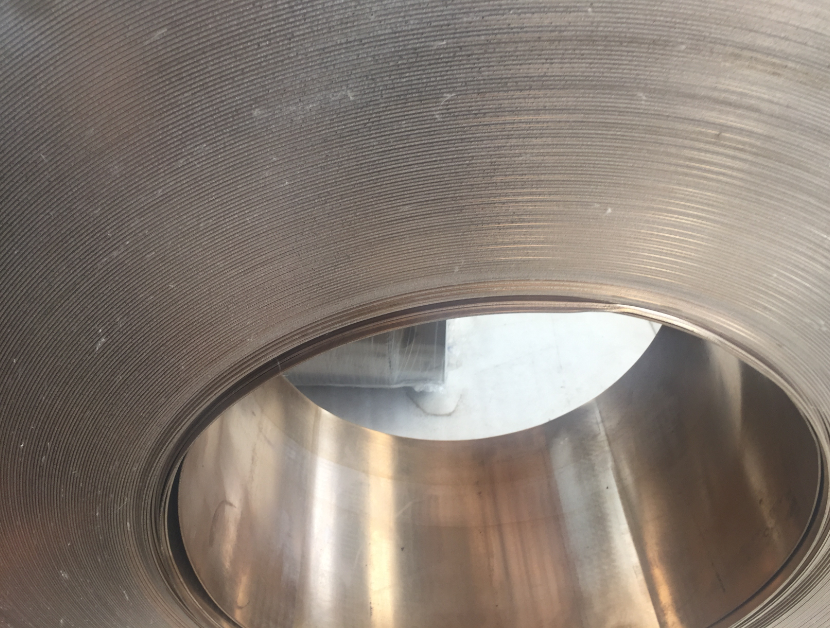Pure metals possess few important physical and metallic properties, such as melting point, boiling point, density, specific gravity, ductility, high malleability, heat and electrical conductivity. These properties can be modified and enhanced by alloying it with some other metal or nonmetal, according to the need.

Alloys combine several elements in different proportions. An alloy consists of two components, it is called a binary alloy, NiCr alloy, CuNi alloy for instance. When an alloy with three or four components, they are regarded as ternary alloy, such as CuMnNi alloy -NEXTMCM12N, or quaternary alloy. The resulting metallic substance has properties that are significantly different from those of its components.

An alloy is harder than its components. Pure metals are generally soft. The hardness of a metal can be enhanced by alloying it with another metal or nonmetal. Pure metals have a high melting point. The melting point lowers when pure metals are alloyed with other metals or nonmetals. This makes the metals easily fusible. This property is utilized to make useful alloys called solders. One of the most essential requirements of getting good castings is the expansion of the metal on solidification. Alloys are more resistant to corrosion than pure metals. Metals in pure form are chemically reactive and can be easily corroded by the surrounding atmospheric gases and moisture. Alloying a metal increases the inertness of the metal, which, in turn, increases corrosion resistance. Alloy formation increases the tensile strength of the parent metal. The color of pure metal can be also modified by alloying it with other metals or nonmetals containing suitable color pigments.
Attending exhibitions, focusing on industry devolpment trend and new technologies,Nexteck Technology Limited keeps pace with the times ,exploring and innovating so as to achievingcontinous development.
TAG: alloy




